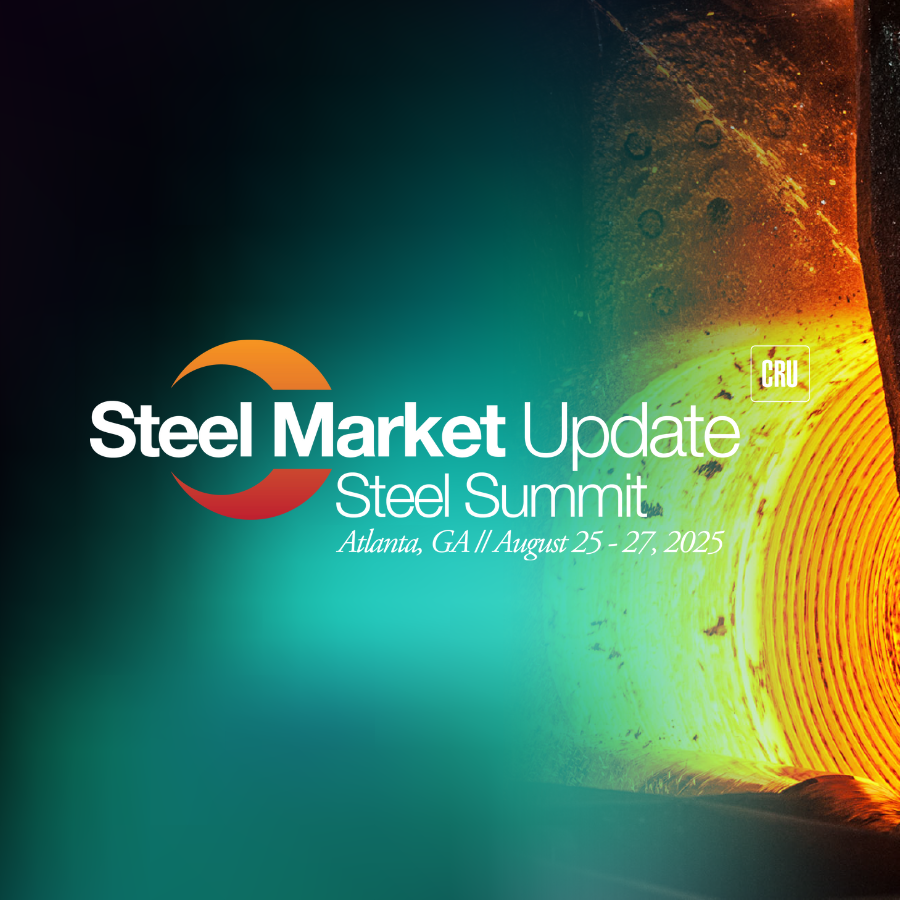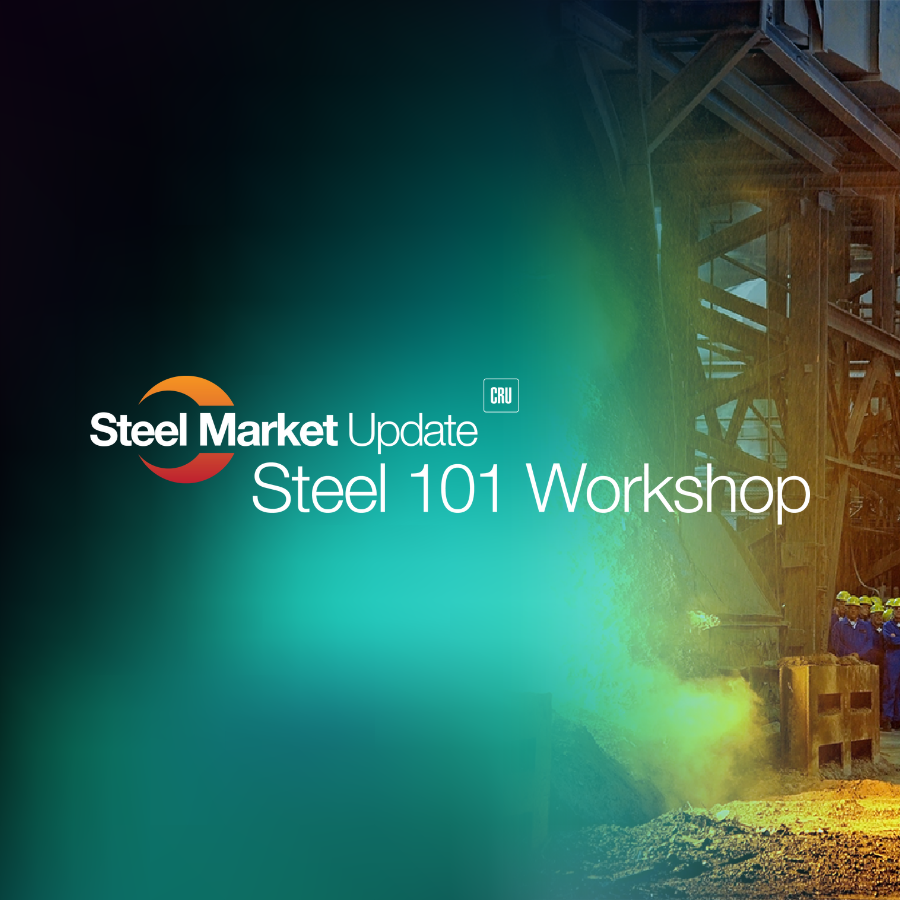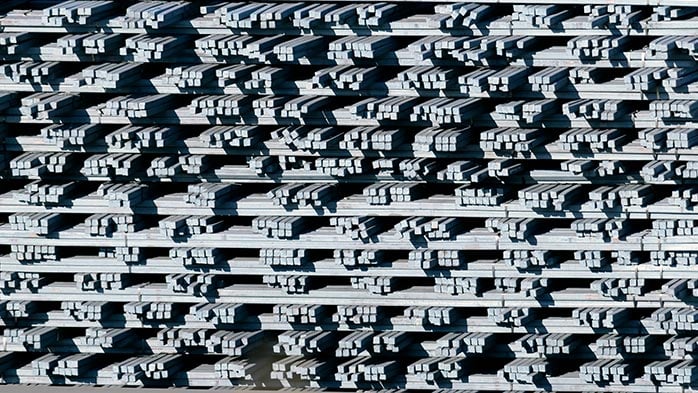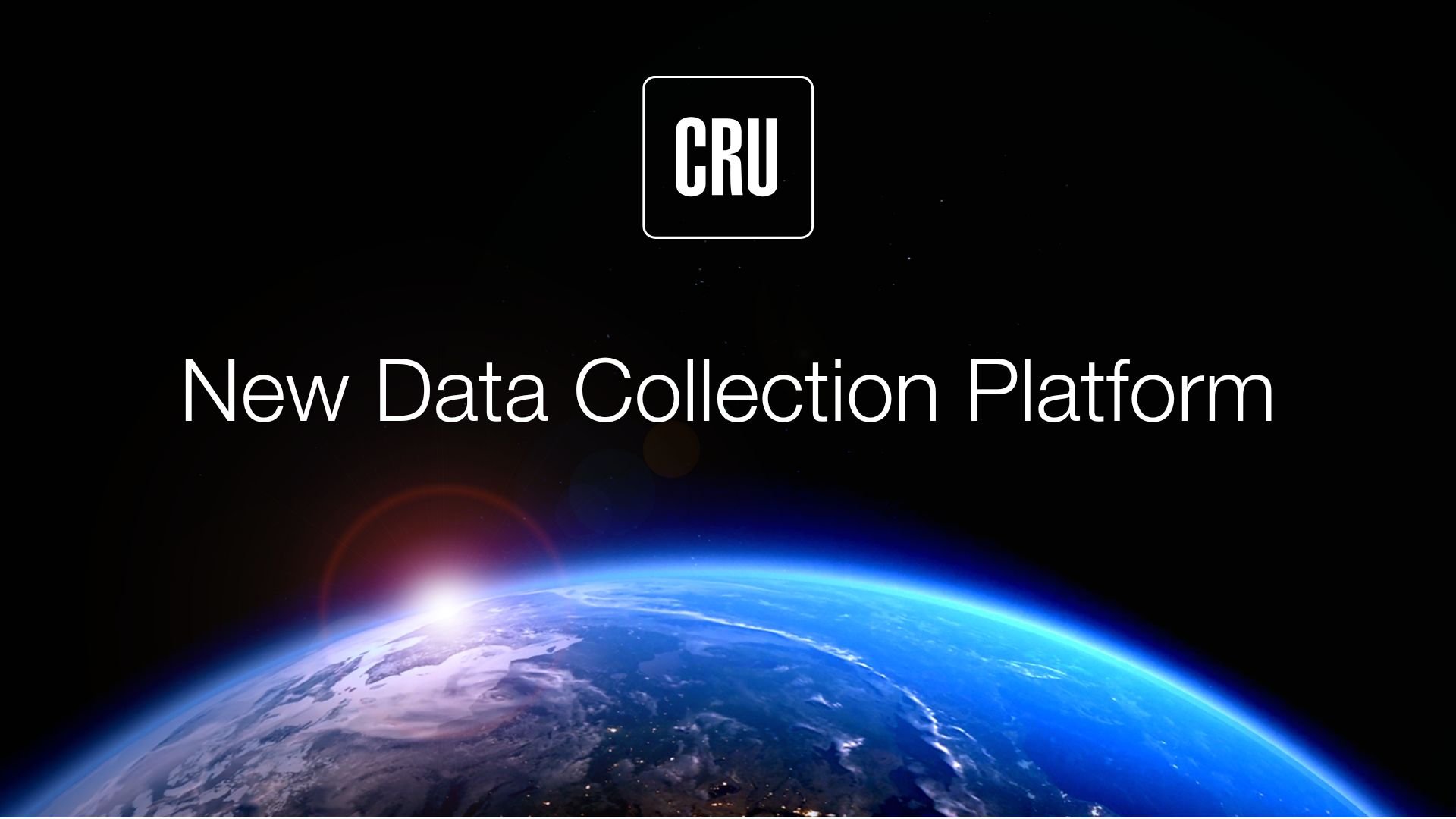Steel sheet prices are often volatile in any given year. Like other markets, this volatility has become extreme alongside the pandemic-related supply chain disruptions.
In this price environment, HR coil surged to record highs of nearly $2,000 /s.ton in September last year. At the same time, participation in CME Group’s HR coil futures is continuing to rise with open interest exceeding 800,000 short tons at the start of the new year.
While sheet prices have started to fall from the 2021 record high, excessive price volatility is far from over. In fact, for HDG coil products, price volatility has intensified. Due to this, steel producers, processors, and consumers may find benefit in learning how they can use CME’s suite of futures products to better manage their price risk exposure with HR and HDG coil products.
Supply chain disruptions lead to extreme steel price volatility
Various supply chain disruptions during the pandemic allowed HR coil prices to rise by nearly 350%. At the onset of the pandemic, the supply of steel sheet was well in excess of demand. As initial lockdowns eased, oversupply quickly changed into a historic deficit, and demand increased at a faster rate than supply. The combination of this quickly depleted inventories. Prices, in turn, rose due to increased demand from various end markets, but also from the rebuilding of inventory as a temporary source of additional demand.
These record high steel prices clearly represented the price inelasticity of demand, as sheet prices seemingly increased day after day, and week after week. The following chart shows a recent history of HR and HDG coil prices.
Participants embrace CME’s HR coil futures contract to help manage their price exposure
Even prior to the pandemic, HR coil prices had become more volatile. Due to falling oil prices and slowing industrial growth in 2015, HR coil hit a low of $354 /s.ton in December 2015. The subsequent rebound in demand allowed HR coil to rise 86% from this low to $660 in April 2017 – before running up to $918 /s.ton in July 2018 after restrictive tariffs were put in place. From July 2018 onwards, prices trended downwards, hitting a low of $437 /s.ton in the early stages of the pandemic in May 2020.
Throughout these peaks and throughs, usage of the CME Group’s HR coil futures contract, as measured by open interest, steadily increased before dramatically rising over the past two years – as the underlying price of HR coil surged to a record. The following chart shows open interest in tons in early January 2022 at just over 800,000 s.tons, reflecting a rise of 170% since early January 2020.
Trading activity was also on the rise, with 4.9m short tons traded across the year, a 12% increase versus 2020. At the same time, participants seem to have rediscovered the HR coil options market, which had only sporadically traded in the past half-decade. Nearly 100,000 short tons of HR coil options were traded (4,855 contracts) in the past year.
CME’s Domestic Steel Premium contract may be useful due to price volatility between HR and HDG coil
The price of HR coil peaked in late 2021, yet price volatility will remain an on-going concern for the foreseeable future. This price volatility is not isolated to HR coil. In fact, the premium of HDG coil products versus HR coil has more than doubled recently as HDG coil prices were slower to fall back versus HR coil prices. Not only is the premium much higher than it was in the past, but it has also become more volatile – a double headache for physical market participants.
This is where the CME Group U.S. Midwest Domestic Steel Premium (CRU) Futures contract comes in. The contract is financially settled against the difference between U.S. Midwest hot-dipped galvanized coil (base) steel and HR coil, meaning that it provides a way to hedge the premium of HDG coil over HR coil. For any participant already trading HR coil futures, adding the steel premium contract to their hedging strategy could allow more precise offsetting of galvanized steel price risk. The contract was launched in 2020 and has already found some supporters – while not widely adopted yet, it could become an important mechanism to navigate steel markets in 2022 and beyond.
Steel prices in 2022 – an uncertain outlook
Steel sheet prices historically are intertwined with costs and inevitably will be closely associated to these local and global costs. Disruptions to supply or demand can alter this typical relationship with costs – as we have seen during these pandemic years. CRU’s expectations going forward are for prices to come back in line with a historical margin over costs. The timing of this is uncertain and will inevitably be affected by coming changes in economic and industrial growth rates as well as changes to costs.
For example, rising inflation and higher borrowing rates in the USA may serve to slow the growth rate of underlying demand and create more downward pressure on prices. Alternatively, the return of automotive production and the release of funds associated with the infrastructure plan may provide new support for demand. As for costs, we may see higher scrap costs as more sheet steel is produced in 2022 via the electric arc furnace, which by itself, may keep prices at a higher level for longer. In this example, prices would be supported at a higher level, but still in line with underlying costs.
Sheet market to remain volatile as fundamentals return to historic levels
Since the pandemic, mismatched supply and demand greatly impacted steel sheet markets. While HDG and HR coil prices seem to have somewhat retreated from their 2021 highs, they remain elevated and highly volatile. More and more, participants are using CME Group HR coil futures and options to manage their price risk – which shows record high levels of open interest and record trading activity. HDG coil and HR coil follow slightly different supply and demand fundamentals. The HDG premium is currently at record high levels, and the price differential has become more volatile in itself. With HDG premium futures available for trading on CME Group, clients have another tool at their disposal to manage their price risk in the most efficient manner possible.
















